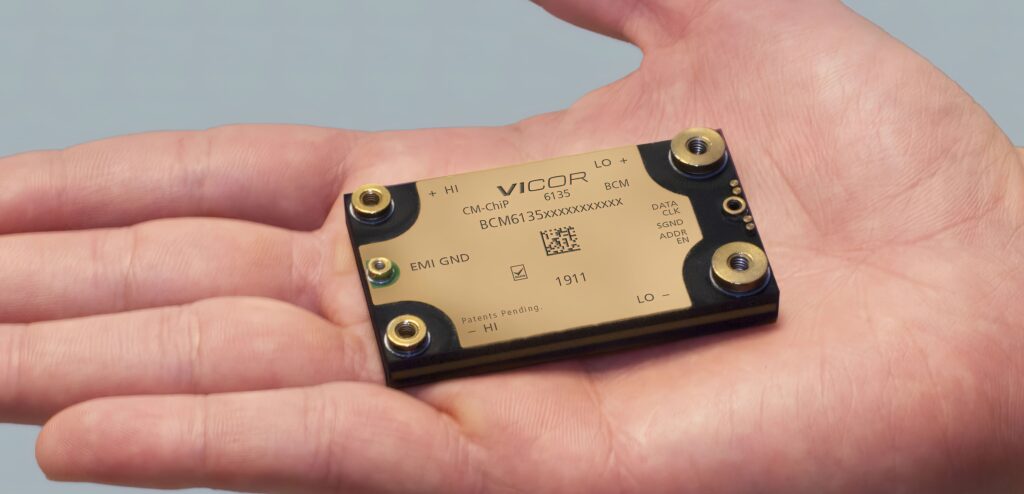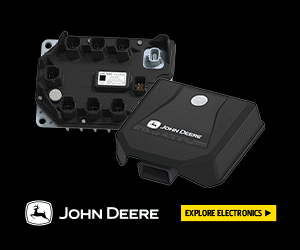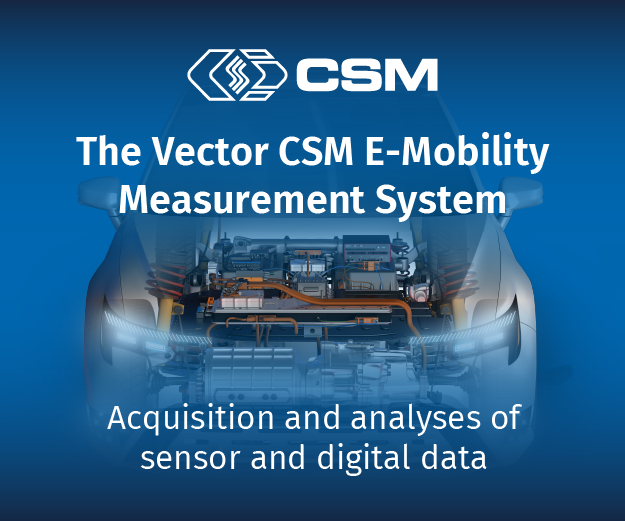Onboard charger cuts it both ways

Vicor has shown a modular approach for a ‘virtual battery’ that can tackle issues with DC fast charging of EVs (writes Nick Flaherty).
Many existing DC fast chargers work with 400 V packs but not the 800V versions. In 2020, there were around 400,000 publicly accessible DC fast chargers around the world, but only 2% support 800 V vehicles. For example, in Europe, only 400 of the 40,000 charging stations support 800 V.
That incompatibility can be solved with onboard charging using compact, efficient and bidirectional power modules said Haris Muhedinovic, lead automotive senior field applications engineer at Vicor.
Installing new DC fast charging stations with wide-voltage capability from 250 to 920 V is one solution, but it requires considerable investment in time and money. Another approach is to upgrade the 400 V stations to support 800 V, but that presents its own set of challenges. Charging at rates of over 150 kW is not always available, and charging times would be slower than desired for 800 V.
Instead, adding onboard charging with a modular DC-DC virtual battery offers flexibility and 99% efficiency. This can be adopted much more quickly and with no capital investment in charging infrastructure, said Muhedinovic.
The incompatibility between 800 V batteries and 400 V chargers can be solved through battery virtualisation. With this technique, the charger sees a 400 V battery on one side of the onboard charger, even while the 800 V battery is connected to the other side. This approach starts from the battery voltage and adapts it to the voltage range accepted by the charging station
Vicor’s NBM bidirectional modules support power of tens of kilowatts of power, reaching 550 kW/litre and 130 kW/kg in power density.
These use a resonant sine amplitude converter topology with zero voltage and current switching to reduce power losses by up to 50%. A fixed-ratio conversion simplifies an architecture that uses separate modules while still maintaining efficiency of up to 99% across the power conversion chain.
This comes from using a higher frequency with silicon transistors to reduce the size of the magnetics. The resonant architecture takes into account the inductance and resistance of components in the module to optimise the efficiency.
Connecting a battery to one side of an NBM module will immediately virtualise a battery on the other side, dividing or multiplying the voltage or current by a constant factor to extend the voltage range of charging stations from 250 to 460 V and from to 500 to 920 V. This can increase the number of suitable charging points and make an EV compatible with any DC charging station.
The module can also be used to maximise the efficiency of the powertrain, as it can integrate with the traction battery to deliver higher efficiency for low-rpm driving. For example, city driving requires lower rpm, and the 800 V traction inverter efficiency falls by more than 15%.
The module can be used in this ancillary manner to supply the inverter with half of the battery voltage, cutting switching losses in half and extending driving range. This is another advantage of how an integrated, modular approach to power can optimise the power delivery network, enabling partial use of the DC-DC converter to maintain peak efficiency.
The modular packaging technology simplifies the assembly and manufacturing of the EV powertrain, and also offers flexibility and scalability of power. Designers can configure scalable packages of charging power from 50 to 150 kW using the same module without the need for additional qualification and certifications.
ONLINE PARTNERS































